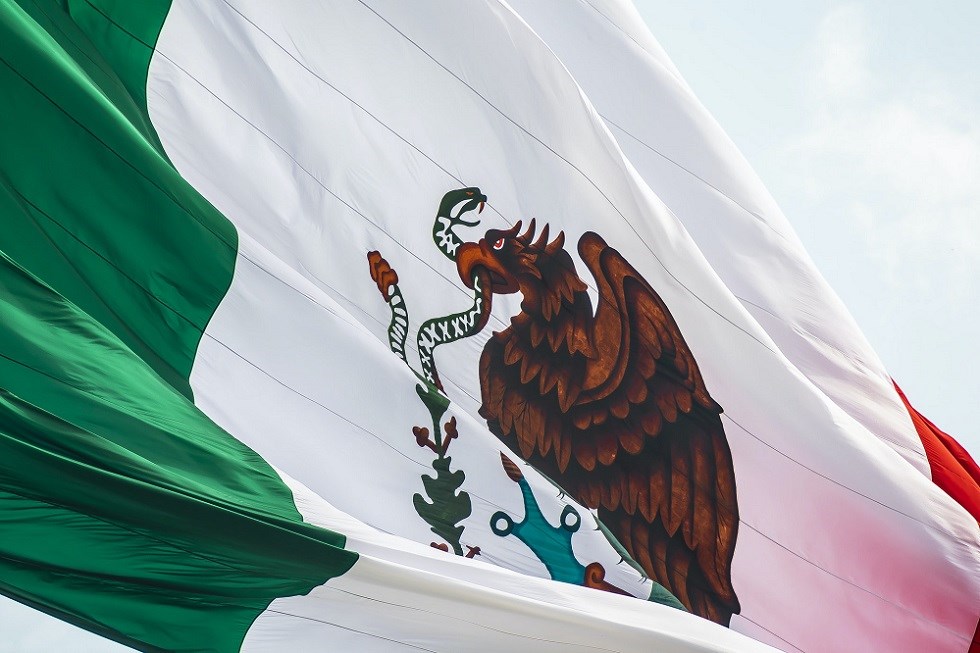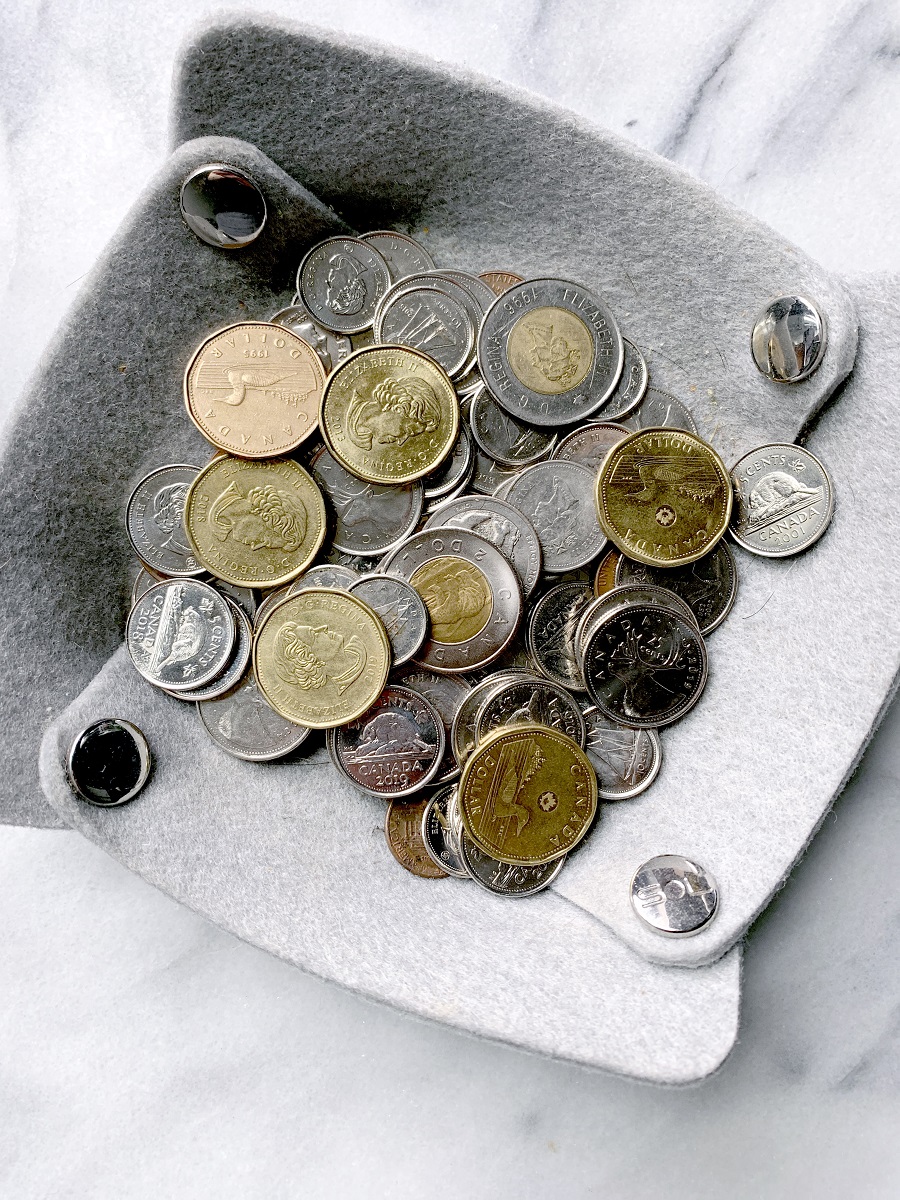
The Mexican stock market has been outpacing its peers. But it’s nothing new, and there’s plenty of growth left for investors in this faster-emerging market.
Since the low point of mid-March 2020, the Mexican IPC stock index rose by 54%. Over the same period, the MSCI Emerging Markets index added 37.5% (the S&P TSX Composite index, rose by 79%).
However, after hitting a ceiling in early February, the MSCI index slid back by 8%, but the Mexican index continued its trajectory, adding another 18.4% year-to-date. “Mexico reminds us that there are sometimes higher returns in emerging markets,” says Chris Heakes, director portfolio manager, ETFs, at BMO Global Asset Management.
The Quiet Miracle
We can be mildly negligent of this important country, south of our Southern Neighbour, with a population of 127.5 million before the pandemic, according to the World Bank, and a GDP of US$1.29 trillion. Mexico is four times the population of Canada with only 75% of its 2019 GDP of US$1.74 trillion.
Unfortunately, what we often hear coming from Mexico has a lot to do with violence and drug cartels. Granted, but something is going on with our USCMA (previously NAFTA) trade partner that tends to remain under the radar.
In the early 1990s, everyone spoke of a “Mexican miracle”. At that time, riding through the streets of Mexico City, one couldn’t help but notice that cars were on average at least 10 years of age, and the number of Mexicans tinkering with their car’s motor in driveways and along sidewalks, hood up in the air, was simply astounding. Today, we don’t hear anything about a “Mexican miracle”, yet riding through Mexico city, you don’t see armies of Mexicans tinkering with antiquated cars. Streets are congested with brand new cars of the year.
Emergence of a Manufacturing Giant
“In the 1980s”, recalls Alejandro Ritch, head of Latin America for Morningstar in Mexico, “most of the income came from oil, but that changed in 1994 because of the NAFTA trade agreement. Today, dependence on oil is very small and most of GDP comes from manufacturing.”
Out of the “maquiladoras”, or tax-free manufacturing zones of the Mexico/U.S. border, Mexico has grown a thriving indigenous manufacturing sector, something that is very visible in the car sector, where auto parts companies like Rassini and Grupo Kuo have grown around major international brands like Volkswagen (VWAGY) and Toyota (TM). Other sectors boast players like cement maker Cemex (CX), glassmaker Vitro (VITYY). And there are significant companies in many other sectors: Banorte in banking, Groupo Carso (GPOVY), a conglomerate in telecom, brokerage, banking and construction, Groupo Salinas in television, home appliances and internet service.
Growth has not been spectacular, but steady. Year after year, since 2000, GDP has inched up around 3% yearly, Ritch notes, with some spikes, for example, 4.5% in 2006, 5.12% in 2010, 3.64 in 2011, and 3.29% in 2015. GDP per capita has followed a faster uphill path. From 2000 to 2015, it often hit marks above 10%, tripling from US$3,112 in 1990 to a high of US$10,929 in 2014, but it has pedalled back to US$9,946 in 2019, before the pandemic.
Can the Miracle Continue?
Nevertheless, “people are expecting growth to come back even more consistently in the coming years,” says Ritch. The question is: will that growth persist? Jorge Marmolejo, portfolio manager at Franklin Templeton Mexico believes so. “Mexico is now in a very special position,” he says.
First of all, the exceptional stock market performance “is happening because of the US recovery that is dragging Mexico along, Marmolejo continues. As long as the US recovery holds, Mexico’s will also.” Another factor supporting growth hinges on the fact that Mexico, having not handed out much Covid stimulus, presents a very good balance sheet. Ritch notes that government debt represents only 51% of GDP and the coming deficit, only 0.03% of GDP. Marmolejo even sees a possibility that the coming budget will be balanced.
Another factor helping Mexico is… China. “Problems in China have favoured Mexico thanks to reshoring of China manufacturing to Mexico and proximity with the US,” points out Fred Demers, director and investment strategist at BMO Global Asset Management. Marmolejo adds: “Where other emerging markets are linked to China, which you don’t want right now, Mexico is linked to the US.” Finally, the political situation, which was perceived as riskier in recent years, is stabilizing, with President Obrador’s party having lost some seats in the recent mid-term elections.
All these factors coalesce into one of the tamest readings of risk for Mexico, as witnessed by 5-year CDS swap prices, which have not been so low since 2015, Marmolejo notes.
Investors who want to benefit from the Mexican exception should look into two areas. The most obvious one is industrial growth, but Marmolejo recommends playing it through REITs, like Fibra Prologis (FIBRAPL14.MEX) and Fibra Terrafina (TERRA13.MX). These benefit from American and international manufacturers and distributors that rent industrial and office space in destinations like Tijuana, Monterrey and Mexico City.
The other theme is the rise of consumers. One of the most eloquent and strongest participants there has been and still is... American: Walmex (WALMEX.MX), Walmart’s subsidiary in Mexico, which both Demers and Marmolejo single out. Its stock, since opening in 2003 on the Mexican stock exchange, has steadily pushed upward, starting at US$ 6 when it opened in 2003, and growing to US$ 70 presently, concretely confirming the rise of the Mexican consumer.





















